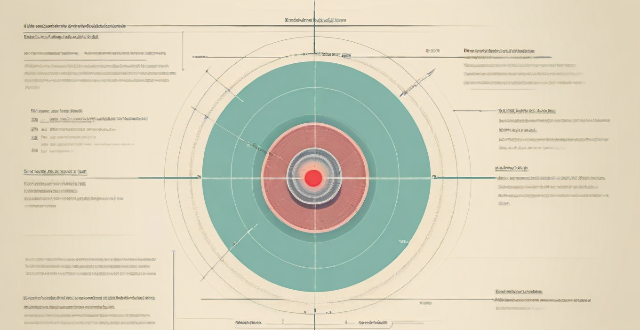Resolving Conflicts within a Study Group: Identify the source of conflict, communicate openly and honestly, find common ground, brainstorm solutions, choose and implement a solution, evaluate and adjust, and maintain a positive atmosphere.

Resolving Conflicts within a Study Group
Conflict resolution is an essential skill for any collaborative setting, including study groups. Here's a step-by-step guide to address and resolve conflicts within your study group:
Identify the Source of Conflict
The first step in resolving any conflict is to identify the root cause. Ask yourself:
- What is the main issue at hand?
- When did the conflict begin?
- Who is involved?
##### Example:
If members are disagreeing about the study schedule, the source of conflict might be differing individual priorities or time management styles.
Communication is Key
Open and honest communication is vital for resolving conflicts. Encourage everyone to express their views without judgment.
##### Tips for Effective Communication:
- Use "I" statements to express how you feel without blaming others. For example, "I feel overwhelmed when we have too many topics to cover in one session."
- Practice active listening by giving your full attention to the speaker and avoiding interruptions.
- Maintain respect for all opinions, even if you disagree.
Find Common Ground
Look for areas of agreement among group members. This can help de-escalate tension and create a foundation for problem-solving.
##### Strategies for Finding Common Ground:
- List shared goals or values, such as achieving good grades or supporting each other’s learning.
- Discuss what each person hopes to gain from the study group.
Brainstorm Solutions
Once you've identified common ground, work together to generate potential solutions. Encourage creativity and consider multiple options.
##### Brainstorming Techniques:
- Write down all ideas, no matter how unconventional, on a whiteboard or large sheet of paper.
- Use techniques like “yes, and…” to build on each other’s ideas positively.
Choose and Implement a Solution
After brainstorming, discuss and vote on the best solution(s). Ensure that the chosen approach addresses the concerns raised during the identification phase.
##### Implementation Steps:
- Assign roles and responsibilities clearly.
- Set a timeline for implementing the solution.
- Agree on how progress will be monitored and evaluated.
Evaluate and Adjust
After implementing the chosen solution, evaluate its effectiveness. If it doesn’t resolve the conflict, be prepared to adjust your approach.
##### Evaluation Methods:
- Regular check-ins to discuss whether the solution is working.
- Be open to feedback and willing to make necessary changes.
Maintain a Positive Atmosphere
Finally, strive to maintain a positive atmosphere within the study group. Acknowledge efforts made towards resolving conflicts and celebrate successes along the way.
##### Ways to Foster Positivity:
- Recognize and praise members for their contributions.
- Share positive experiences or success stories from past conflicts resolved.
- Encourage a culture of empathy and support within the group.
By following these steps, you can effectively resolve conflicts within your study group, fostering a more collaborative and productive environment for everyone involved.